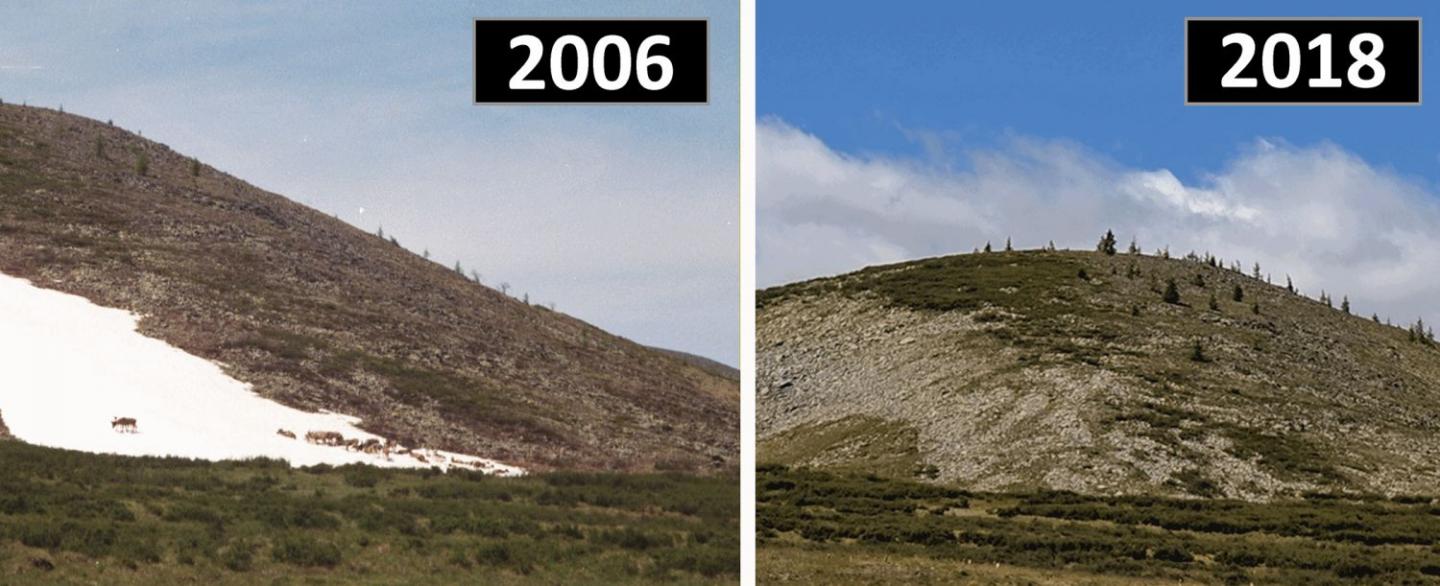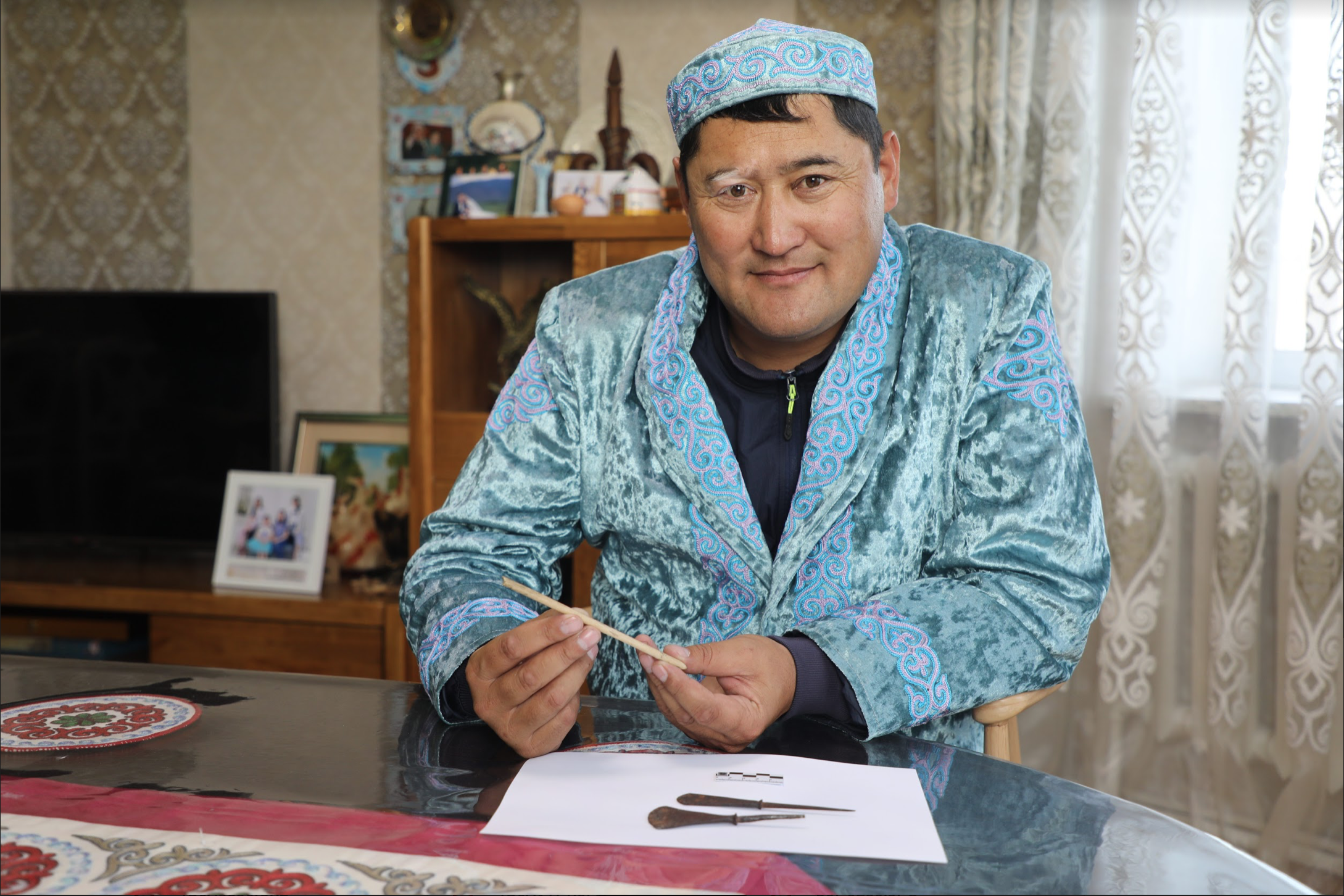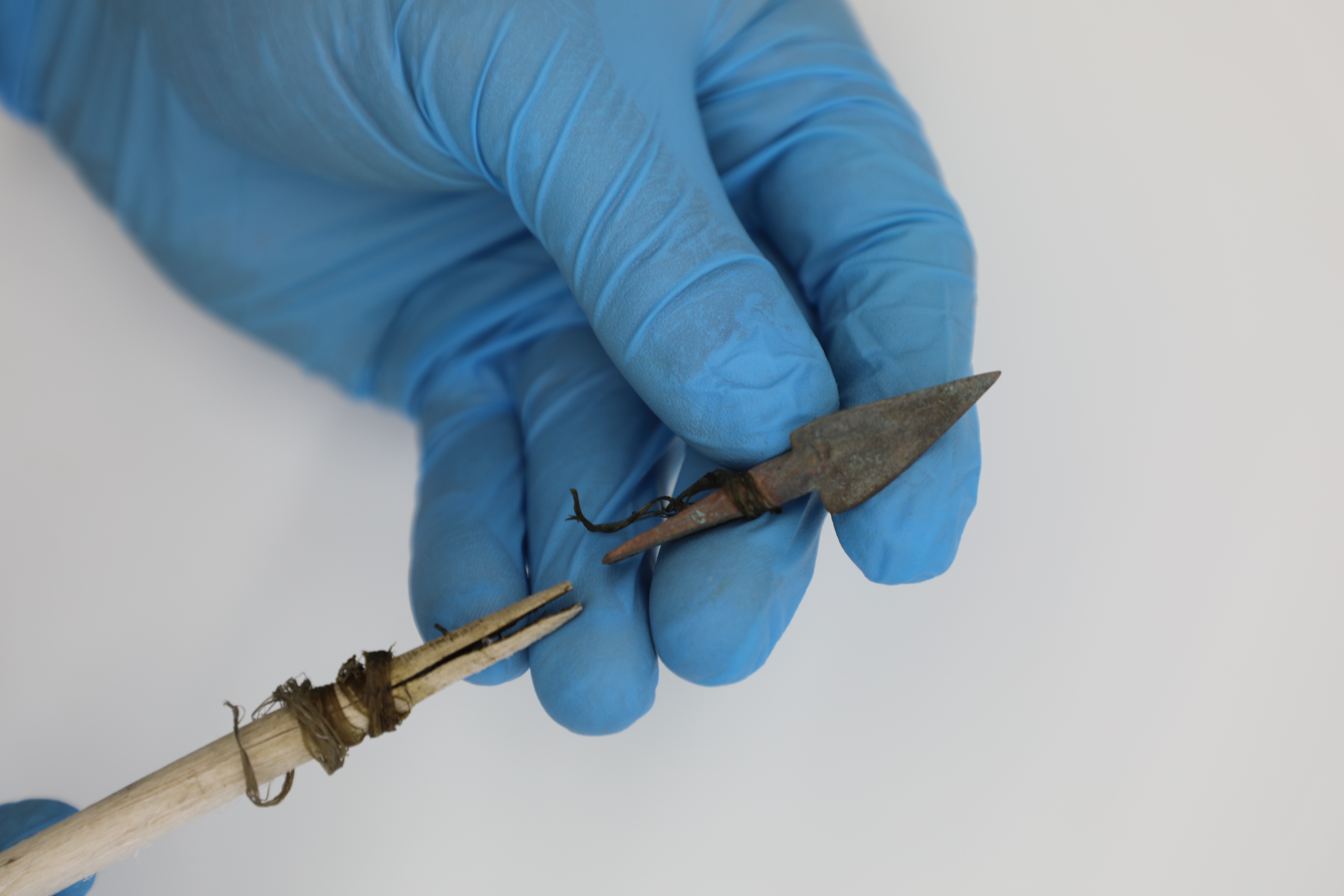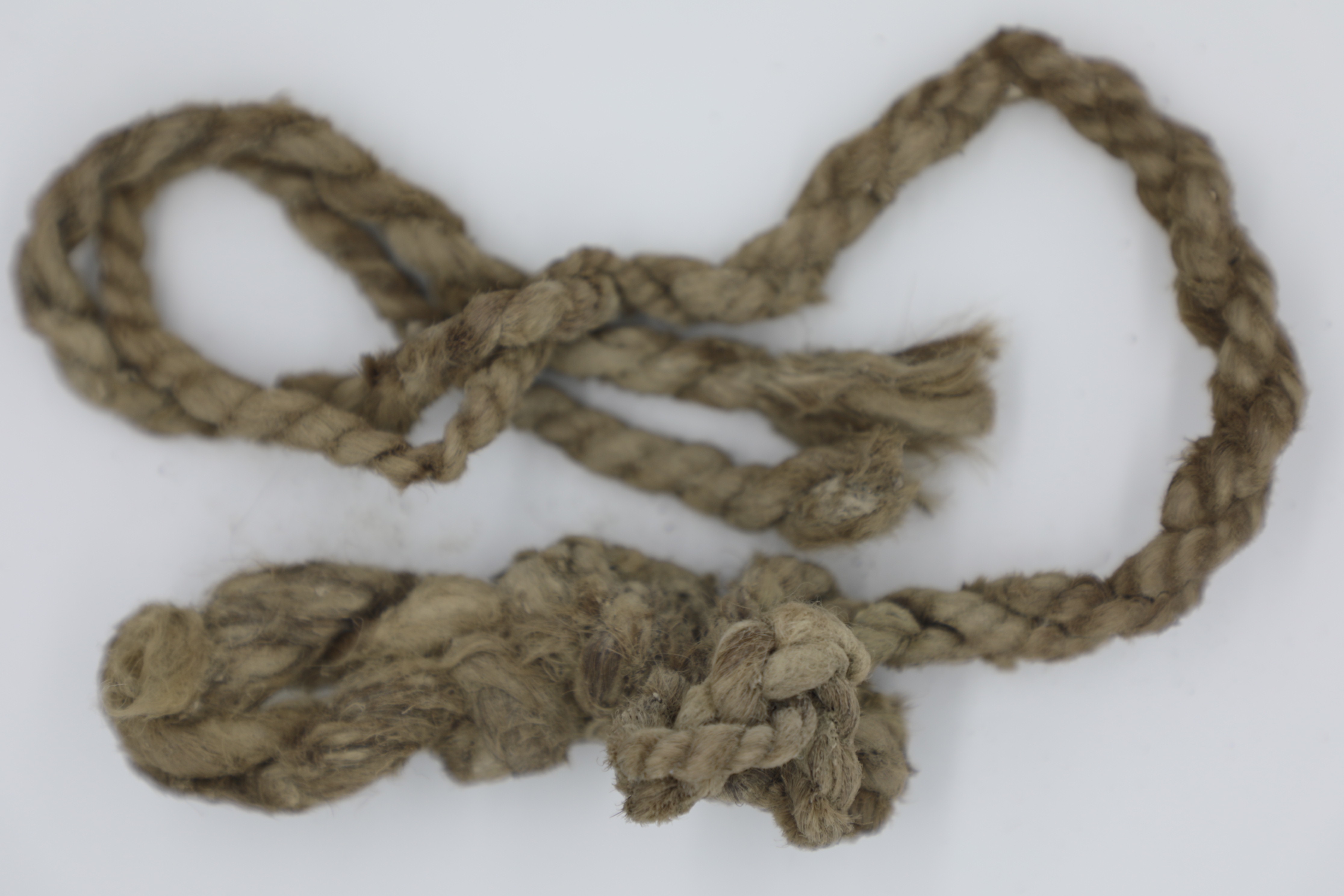Mongolia’s ‘Eternal Ice’ Is Melting, Revealing Ancient Artifacts
Credit to Author: Becky Ferreira| Date: Wed, 20 Nov 2019 20:41:31 +0000
Precious artifacts have been tumbling out of melting ice patches and glaciers in Mongolia: an arrow, painted red at the tip, that may date back thousands of years to the Bronze Age; a mass animal graveyard containing the remains of dozens of bighorn sheep; remnants of a beautiful rope braided from horsehair.
These ice patches, known as Mongolia’s “eternal ice” because they normally stay intact even in summer, are melting at an accelerated rate due to climate change.
As piles of ice and snow recede, ancient objects from many periods of Mongolian history are spilling from their frozen prisons to be glimpsed for the first time by modern eyes, according to a study published on Wednesday in the open-access journal PLOS ONE.
But even as this rapid ice melt opens a window into Mongolia’s past, it also threatens the future of the traditions and lifeways practiced by the people who live there today.
“Folks in essentially every corner of Mongolia that we’ve worked in don’t have the luxury of climate denial, because their day-to-day life is drastically impacted by these changes,” said lead author William Taylor, an archeologist at the Max Planck Institute for the Science of Human History and the University of Colorado-Boulder, in a call.
“People within the last decade have seen a number of important patches that were a big focus of their livelihoods melt completely,” he noted.

While important artifacts are being recovered from some of the ice patches, Taylor emphasized that troves of archeological objects may be destroyed by the melt before people can collect them. Even if ice patches that fully melted in one season return in colder weather, for instance, the degradation of archeological materials that were preserved inside them could never be reversed.
“The vast majority of the artifacts that we recovered were actually from a patch which was in its absolute dying throes when we visited,” he explained. “So, that’s really sad and it suggests that we probably have already lost a lot of the important clues to this particular part of Mongolia.”
During research trips to Mongolia last year, reported in the new study, the team quickly realized the troubling implications of climate change for the region’s extraordinary heritage and cultural practices, such as reindeer pastoralism.
At one of the ice patches, Taylor and his colleagues discovered wooden artifacts that had melted out of the snowpack. Interviews with the Tsaatan people, who are domestic reindeer herders in northern Mongolia, suggest that one of the items was a fishing pole made of willow wood. Radiocarbon-dating of these specimens revealed that they were likely fashioned in modern times, around the 1960s and 70s.
Galvanized by the ticking clock of the ice melt, the team organized another expedition to survey ice patches and glaciers in Western Mongolia this year. The researchers relied on the knowledge of locals to guide them to sites that they suspected might be hemorrhaging artifacts during the summer melt.
A man named Bekbolat Bugibay, who runs a tour company, showed them an arrow shaft he had discovered that appeared to date from “the time of Genghis Khan,” according to Taylor.

Bugibay directed to them to the glacial site where he retrieved it, on the slopes of a 4,000-meter-high mountain. The team was able to reach the glacier, even after a storm destroyed three of their tents during the trek.
Toward the end of an exhausting day, Taylor and his colleague Nick Jarman spotted an arrow emerging from the ice at the bottom of the glacier. Upon closer examination, they realized it was made of bronze, and probably dated back to the Bronze Age some 3,000 years ago.
“When we actually spotted that glint of green of the bronze melting, poking through the ice, the first reaction was genuinely a loss of breath,” Taylor recalled.

“The next thing that settles in is the enormity of what you’re looking at,” he said. “You’re looking at something that has literally been preserved almost exactly as it entered this ice millennia ago.”
This arrowhead is the team’s “star find,” Taylor said, though its age has not yet been verified with radiocarbon dating.
The 2019 expedition also uncovered the horsehair rope, numerous animal skeletons that were likely hunted and deposited by humans, and wooden artifacts that may be spear shafts that predate the Bronze Age, though it will take radiocarbon-dating to be sure.

As thrilling as these finds have been for Taylor and his colleagues, the team is mindful of the bigger picture. The new study focuses on the Tsaatan herders who rely on ice patches as a source of water for themselves and their reindeer, as well as a place to retreat from irritating bugs and summer heat.
In interviews with Tsaatan families, the researchers learned what an enormous toll climate change has been exacting on their economic stability and cultural traditions. Despite the fact that these remote populations are essentially blameless for the climate crisis, which is primarily caused by fossil fuel emissions from wealthy nations, they are facing disproportionate disruptions as they lose a crucial source of freshwater.
“If you read a story like this and you’re not just outraged at the injustice of it, then there’s something wrong,” Taylor said. “The issue here is that we not only have folks who have done very little to contribute to the problem, but we see that climate change is undercutting the viability of their way of making a living and erasing the clues we have to their past and their cultural heritage.”
“This example should be really troubling especially because this is just one corner of Eurasia, and this kind of research has not really been done in vast swaths of the globe,” he added. “This same story may be playing out in other places and we really don’t know the scope of the problem.”
This article originally appeared on VICE US.